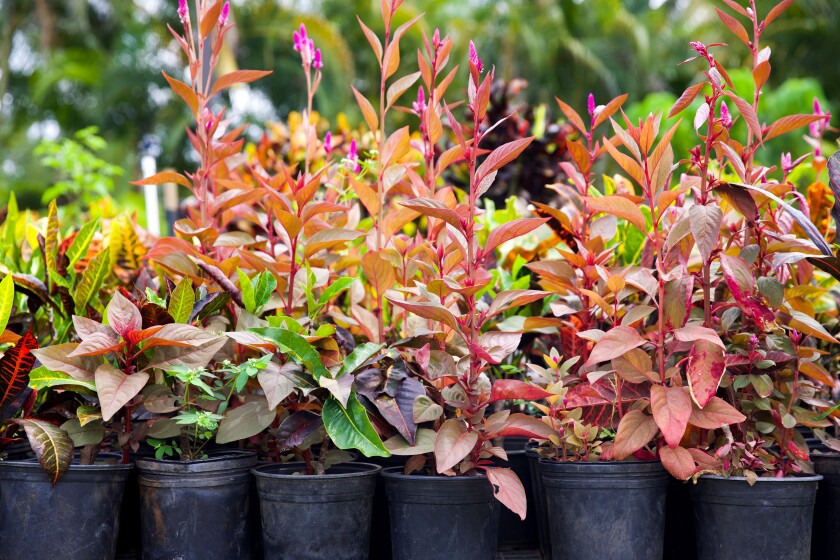
Plants not only provide good company, they also offer benefits for mental and physical health, says the Swanson Nursery website. The site says taking care of plants can be intimidating as most require extensive care, however, many plant options only require low maintenance but offer high benefits.
Mood and focus booster
According to the nursery’s website, “indoor plants keep you healthier and happier, offering both psychological and physical health benefits.” These include lowering stress levels, improving moods, reducing fatigue, providing better air quality and improving focus.
Hannah Bahner, a freshman from Utah majoring in English, said she has personally seen the benefits from being surrounded by plants. Having plants around had a direct impact on her mood, she said. “Having greenery around ... automatically makes me feel better.”
Improves skin health
Swanson’s website says plants’ ability to improve air quality “can help improve respiratory and skin health.” The site says this occurs because levels of humidity are increased through the release of the plant’s water vapor, which is beneficial to respiratory and skin health.
Natural air purifiers
The NASA website says certain houseplants are exceptional at cleansing air. NASA recommends “having 15-18 houseplants for a 1,800 square-foot house.”
“Plants also increase oxygen levels in the air by absorbing carbon dioxide and releasing oxygen during photosynthesis,” shares the NASA website. As oxygen levels increase, so does improvement of focus, mood and energy, the site explains.
Find your fit
Mattie Day, a freshman from Utah majoring in social work, said when picking out a plant, finding the perfect fit can be hard. “A plant with minimal care is perfect for me ... because sometimes I forget to water. And then I think I need to water a lot more, but I don’t want to kill it,” she shared.
According to the Air Plant Supply Company website, air plants are the way to go if looking for a plant that doesn’t requires soil.“
Air plants are unique in that their root system is not how they absorb the bulk of their water,” says the Habitat website. “Instead, the roots are used to attach the plant to various surfaces [like drift wood, tree bark, lava rock or even sea shells]. When it comes time to water, it is recommended to mist your air plants thoroughly with rainwater once a week” and once a month soak for 10 minutes.
Easy house plants
According to bloomscape’s website, these are some of the easiest houseplants “that almost anyone can grow.”
Monstera
• Despite its name, this tropical plant isn’t a monster to take care of because it is adaptable to most light conditions and “somewhat drought tolerant.”
Sansevieria
• This “hardy” houseplant doesn’t need much water, does well in most temperatures and light conditions, and is “highly-sought after” for its “air-purifying properties.”
ZZ Plant
• These are “virtually indestructible” plants requiring very little water because they thrive being “on the dry side.”
General plant care
Over watering is “one of the most common causes of houseplant death(s),” the Better Homes & Garden site states. It suggests keeping a “set calendar schedule” for keeping track of watering.
As your plant grows, so do its roots, shares the site, and repotting can be an important step to letting the plant flourish. “If the plant has outgrown its pot, you can transplant it into a slightly larger container.” The Better Homes and Gardens website shares, “If you’d like to keep it in the same pot, trim off some of the roots with a sharp knife and replant it into the container using fresh potting soil.”
Propagation can be a beneficial process for different plants. “It helps to rejuvenate an overgrown plant and encourage fresh growth. Plus, it’s an inexpensive way to get more plants out of the ones you already have,” explains the site.
